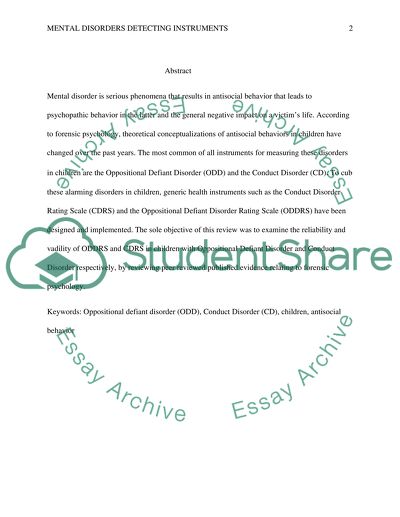Cite this document
(“Psychology/Psychometrics Essay Example | Topics and Well Written Essays - 1000 words - 1”, n.d.)
Retrieved from https://studentshare.org/psychology/1493850-psychology-psychometrics
Retrieved from https://studentshare.org/psychology/1493850-psychology-psychometrics
(Psychology/Psychometrics Essay Example | Topics and Well Written Essays - 1000 Words - 1)
https://studentshare.org/psychology/1493850-psychology-psychometrics.
https://studentshare.org/psychology/1493850-psychology-psychometrics.
“Psychology/Psychometrics Essay Example | Topics and Well Written Essays - 1000 Words - 1”, n.d. https://studentshare.org/psychology/1493850-psychology-psychometrics.


